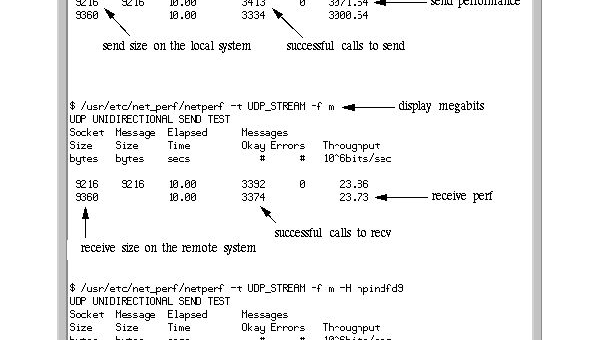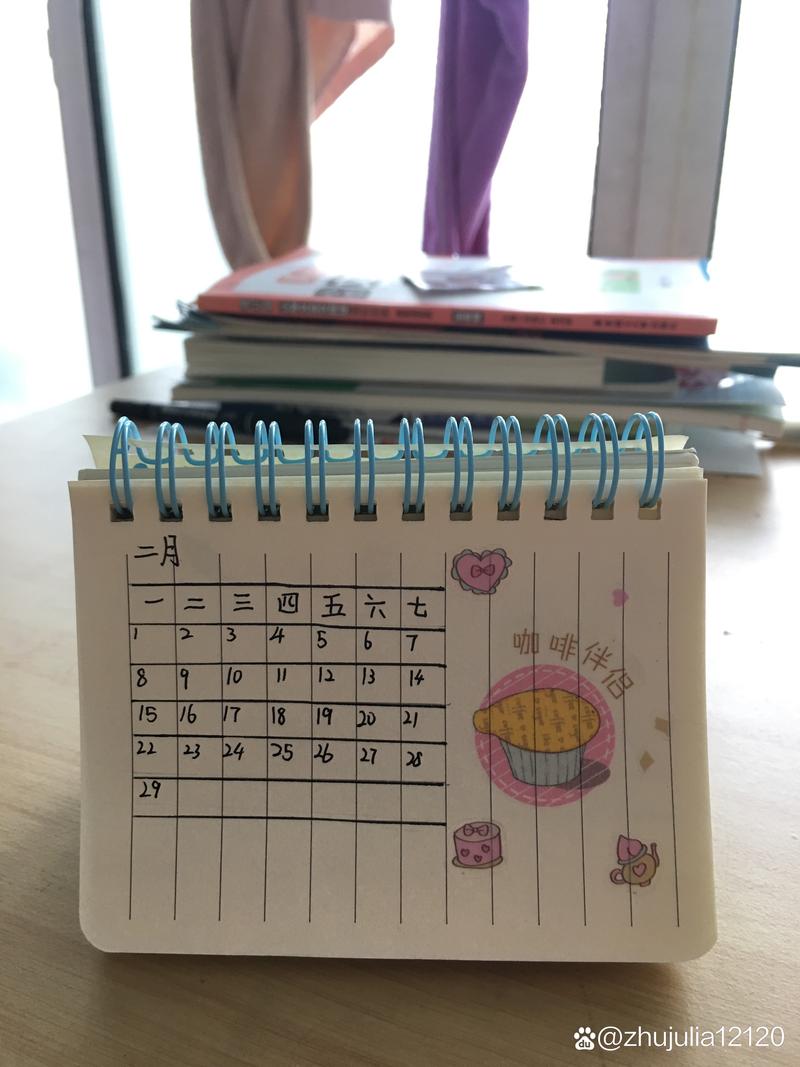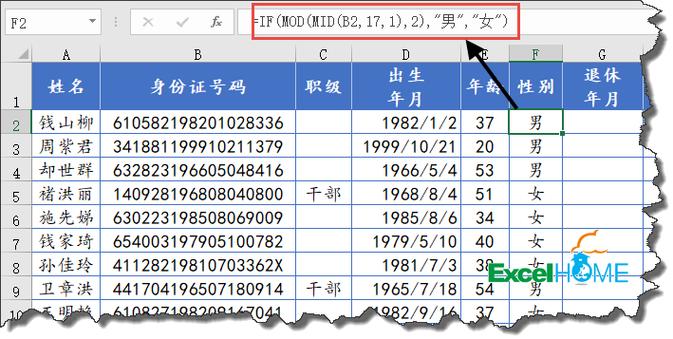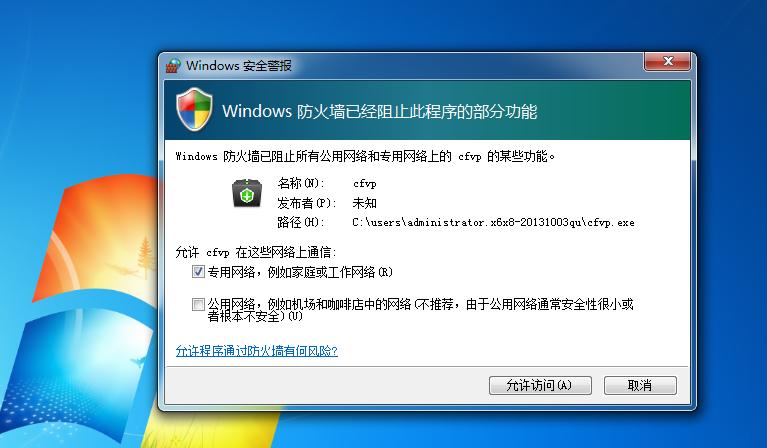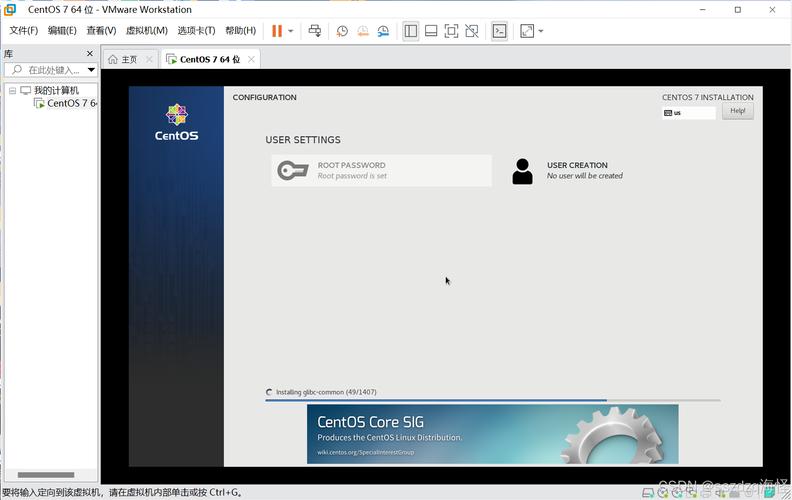threadlocalmap解决哈希冲突的主要方式是使用线性探测法(linear probing)。这种方法通过线性探测来寻找空槽位,以应对哈希冲突。以下是详细的解决方案:
1. 线性探测法
线性探测法在发生哈希冲突时,通过检查数组中的下一个位置来找到空的槽位。如果当前槽位已被占用,它将继续检查下一个槽位,直到找到空槽位或合适的槽位为止。
2.threadlocalmap实现中的哈希冲突解决
threadlocalmap通过以下方法来处理哈希冲突:
计算索引:
- 使用
threadlocal的哈希码来计算在entry数组中的索引。 - 该索引由
threadlocal实例的threadlocalhashcode和数组长度(减去 1)按位与运算得到。
- 使用
线性探测:
- 如果计算出的索引位置已经被占用(即已有
entry对象),threadlocalmap会通过线性探测法检查数组中的下一个位置,直到找到一个空槽位或适合的槽位。 - 使用
nextindex方法来实现线性探测,它将当前位置增加 1,循环回到数组的开头。
- 如果计算出的索引位置已经被占用(即已有
处理过时条目:
- 如果在探测过程中遇到
entry的键为null(即过时的条目),threadlocalmap会调用expungestaleentry方法来清理这些过时条目,并将当前条目插入到合适的位置。
- 如果在探测过程中遇到
关键代码解析
以下是threadlocalmap中处理哈希冲突的相关代码:
static class threadlocalmap {
// 存储条目的数组
private entry[] table;
// 存储条目的数量
private int size = 0;
// 定义初始容量
private static final int initial_capacity = 16;
// 构造函数
threadlocalmap(threadlocal firstkey, object firstvalue) {
table = new entry[initial_capacity];
int i = firstkey.threadlocalhashcode & (initial_capacity - 1);
table[i] = new entry(firstkey, firstvalue);
size = 1;
}
// 线性探测法获取 entry
private entry getentry(threadlocal key) {
int i = key.threadlocalhashcode & (table.length - 1);
entry e = table[i];
if (e != null && e.get() == key)
return e;
else
return getentryaftermiss(key, i, e);
}
// 线性探测法后处理
private entry getentryaftermiss(threadlocal key, int i, entry e) {
entry[] tab = table;
int len = tab.length;
while (e != null) {
threadlocal k = e.get();
if (k == key)
return e;
if (k == null)
expungestaleentry(i);
else
i = nextindex(i, len);
e = tab[i];
}
return null;
}
// 设置值
private void set(threadlocal key, object value) {
entry[] tab = table;
int len = tab.length;
int i = key.threadlocalhashcode & (len - 1);
for (entry e = tab[i]; e != null; e = tab[i = nextindex(i, len)]) {
threadlocal k = e.get();
if (k == key) {
e.value = value;
return;
}
if (k == null) {
replacestaleentry(key, value, i);
return;
}
}
tab[i] = new entry(key, value);
int sz = ++size;
if (!cleansomeslots(i, sz) && sz >= threshold)
rehash();
}
// 获取下一个索引
private int nextindex(int i, int len) {
return ((i + 1 < len) ? i + 1 : 0);
}
// 替换过时条目
private void replacestaleentry(threadlocal key, object value, int staleslot) {
entry[] tab = table;
int len = tab.length;
entry e;
int slottoexpunge = staleslot;
for (int i = previndex(staleslot, len);
(e = tab[i]) != null;
i = previndex(i, len)) {
if (e.get() == null)
slottoexpunge = i;
}
for (int i = nextindex(staleslot, len);
(e = tab[i]) != null;
i = nextindex(i, len)) {
threadlocal k = e.get();
if (k == key) {
e.value = value;
tab[i] = tab[staleslot];
tab[staleslot] = e;
if (slottoexpunge == staleslot)
slottoexpunge = i;
cleansomeslots(expungestaleentry(slottoexpunge), len);
return;
}
if (k == null && slottoexpunge == staleslot)
slottoexpunge = i;
}
tab[staleslot].value = null;
tab[staleslot] = new entry(key, value);
if (slottoexpunge != staleslot)
cleansomeslots(expungestaleentry(slottoexpunge), len);
}
// 处理过时条目
private int expungestaleentry(int staleslot) {
entry[] tab = table;
int len = tab.length;
tab[staleslot].value = null;
tab[staleslot] = null;
size--;
entry e;
int i;
for (i = nextindex(staleslot, len);
(e = tab[i]) != null;
i = nextindex(i, len)) {
if (e.get() == null) {
e.value = null;
tab[i] = null;
size--;
} else {
int h = e.get().threadlocalhashcode & (len - 1);
if (h != i) {
tab[i] = null;
while (tab[h] != null)
h = nextindex(h, len);
tab[h] = e;
}
}
}
return i;
}
// 清理某些槽位
private boolean cleansomeslots(int i, int n) {
boolean removed = false;
entry[] tab = table;
int len = tab.length;
do {
i = nextindex(i, len);
entry e = tab[i];
if (e != null && e.get() == null) {
n = len;
removed = true;
i = expungestaleentry(i);
}
} while ((n >>>= 1) != 0);
return removed;
}
// 重新哈希
private void rehash() {
expungestaleentries();
if (size >= threshold - threshold / 4)
resize();
}
private void expungestaleentries() {
entry[] tab = table;
int len = tab.length;
for (int j = 0; j < len; j++) {
entry e = tab[j];
if (e != null && e.get() == null)
expungestaleentry(j);
}
}
private void resize() {
entry[] oldtab = table;
int oldlen = oldtab.length;
int newlen = oldlen * 2;
entry[] newtab = new entry[newlen];
int count = 0;
for (int j = 0; j < oldlen; ++j) {
entry e = oldtab[j];
if (e != null) {
threadlocal k = e.get();
if (k == null) {
e.value = null;
} else {
int h = k.threadlocalhashcode & (newlen - 1);
while (newtab[h] != null)
h = nextindex(h, newlen);
newtab[h] = e;
count++;
}
}
}
setthreshold(newlen);
size = count;
table = newtab;
}
}
重要细节
计算索引:
i = key.threadlocalhashcode & (len - 1);使用threadlocal的哈希码和表长度减去 1 的按位与运算来计算索引。
线性探测:
nextindex(i, len)方法计算下一个索引位置,用于探测冲突。- 如果发生冲突,会在
table数组中继续查找,直到找到空槽位。
清理和重哈希:
- 使用
expungestaleentry方法清理过时的条目。 resize()方法扩展数组并重新分配条目,以减少冲突并提高性能。
- 使用
总结
threadlocalmap使用线性探测法解决hash冲突
到此这篇关于java中threadlocalmap解决hash冲突的实现方式的文章就介绍到这了,更多相关threadlocalmap解决hash冲突内容请搜索代码网以前的文章或继续浏览下面的相关文章希望大家以后多多支持代码网!
海报
192

